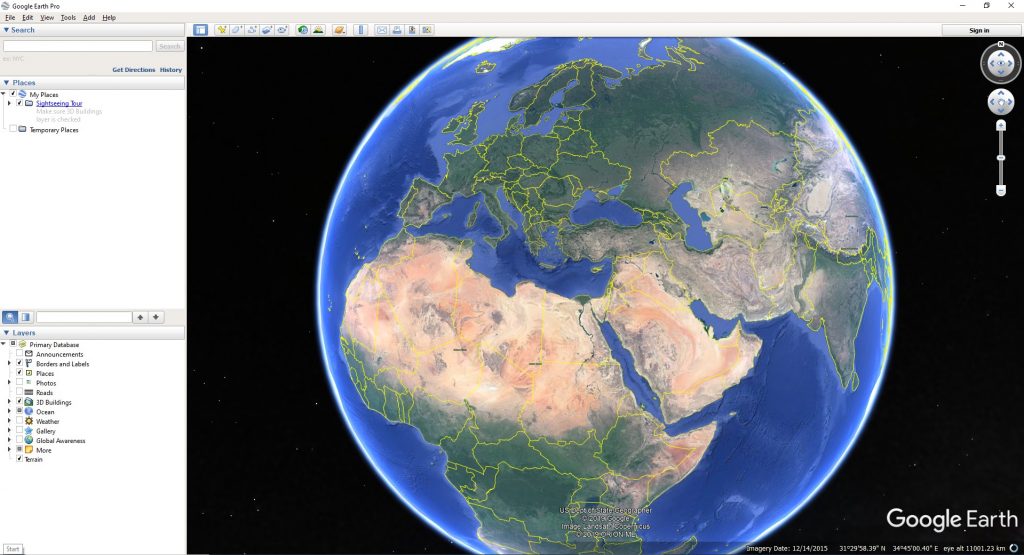

Concerning Google Earth, the topics include searching for places, finding directions, navigating, measuring, adjusting the settings, using the layers, creating and organizing placemarks, creating tours, the Google Earth Community, creating overlays, using GPS data, the basics of KML, and where to find data. This book covers Google Earth and Google Sketchup. This book includes easy-to-follow steps for an interactive experience. Recognizing volcanoes, mines, islands, and glaciers is discussed here, as well as historical routes, map overlays, 3D buildings, and images from the past to explain current phenomena. This book explains the use of Google Earth tools and teaches the reader to look at the Earth from a geographic perspective. Googling Earth: Using Google Earth to Explore your World From its use for remote geologic mapping to integration with high-resolution photography collected in the field for virtual field experiences, this resource delves into various applications of Google Earth for teaching, and concludes with a section on educational models, methods, and assessment. This is a publication by the Geological Society of America that presents innovations brought by Google Earth into the geoscience classroom.

Google Earth and Virtual Visualizations in Geoscience Education and ResearchĪuthors: Steven Whitmeyer, John E. Various things users can do with Google Earth are discussed in the book. This short book describes what Google Earth does and mentions recent versions and their capabilities. Google Earth 2017: Learning the EssentialsĬreateSpace Independent Publishing Platform EarthBrowser - A geobrowser by Softonic.Microsoft Earth View Map 3D - A geobrowser related to Microsoft's maps service.ArcGIS Explorer - a free Geobrowser from ESRI, the company that offers the commercial ArcGIS products.Marble - A geobrowser offered by the KDE Education Project, which provides free software for desktop and mobile computing.



 0 kommentar(er)
0 kommentar(er)
